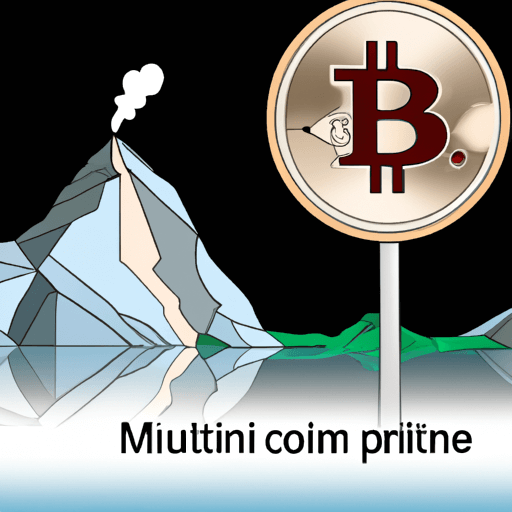Revitalizing Endangered Languages: The Power and Promise of Technology
In recent years, the acceleration of language extinction has turned into a highly disturbing trend. As globalisation intensifies and homogenization trends rise, many of the world's indigenous languages are in grave danger. However, technology is emerging as a crucial ally in this struggle, offering innovative methods to document, teach and conserve these linguistic gems. In this respect, technology has significantly impacted the preservation of indigenous languages.
The Role of Technology
Various technological tools are being harnessed to help conserve indigenous languages. These include language learning apps, social media networks, and digital databases that promote linguistic diversity, make language resources more accessible and facilitate language learning. These tools have played an instrumental role in aid of revitalizing languages that are dwindling.
Technology in Action: Real-life Examples
Examples abound that demonstrate the successful employment of technology in language preservation. An instance is the creation of 'Endangered Languages Project' powered by Google, an online platform aimed at preserving and spreading knowledge about endangered languages worldwide. The platform serves as a valuable resource for linguists, language teachers, and speakers of endangered languages.
Social media has also been leveraged to promote indigenous languages. In Canada, for instance, the #SpeakGwichinToMe campaign on Twitter rallied support to preserve the severely endangered Gwich’in language. Social media platforms are being increasingly recognized for their potential in uniting disparate communities of native speakers, facilitating learning, and raising awareness about endangered languages.
Benefits and Challenges
Technology offers notable benefits in the fight against language extinction. It allows for easy documentation and digitization of languages, making the information universally accessible. However, there are challenges too, such as the digital divide – the gap between those who can afford and access technology and those who cannot. This divide often affects marginalized communities where many of these endangered languages are spoken.
The Future Prospect
Looking forward, the role of technology in preserving indigenous languages seems promising. Advancements in machine learning and artificial intelligence can be utilized for creating more engaging and effective language learning tools. Devices equipped with voice recognition can be programmed to recognize and respond to indigenous languages, thereby fostering their continued everyday use.
In conclusion, while language extinction is a critical issue that demands global attention, technology presents a potent tool for combatting this loss. By leveraging technological developments effectively, we can ensure that endangered languages are not only preserved but also celebrated.


















Comments
Leave a Comment